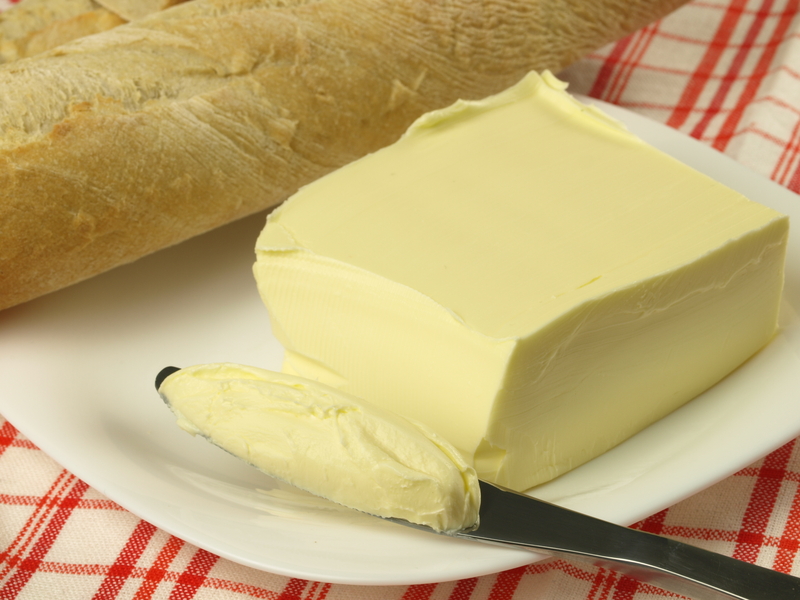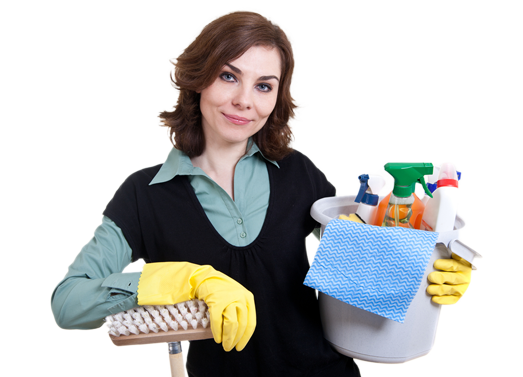Step-by-Step Guide to Expert Car Cleaning
Posted on 28/09/2025
Step-by-Step Guide to Expert Car Cleaning
Keeping your vehicle in pristine condition does more than uphold its appearance; it also secures its value and assures a pleasant driving experience. Whether you're a car enthusiast or a daily commuter, a thorough, professional-level car cleaning routine is essential. In this comprehensive guide, we unveil a step-by-step guide to expert car cleaning that elevates your car care to the next level. Learn invaluable tips, discover eco-friendly practices, and achieve showroom-worthy results from the comfort of your own driveway.

Why Expert Car Cleaning Matters
Expert auto cleaning goes beyond a simple wash and vacuum. It's about preserving your interior and exterior, preventing premature wear, and protecting your vehicle's investment from environmental pollutants. A well-executed cleaning routine offers:
- Protection against corrosion and deterioration
- Higher resale value
- Enhanced driving comfort and experience
- Removal of allergens and contaminants
- Long-lasting showroom shine
Essential Tools and Products for Car Cleaning
Before diving into the car cleaning process, gather these indispensable tools and supplies:
- Two buckets (one for shampoo, one for rinse water)
- Car shampoo (dedicated pH-balanced formulas)
- Wash mitts and microfiber towels
- Wheel brushes and tire cleaner
- Glass cleaner (ammonia-free)
- Interior cleaner and protectant
- Detailing brushes
- Vacuum cleaner (with crevice tools)
- Wax, sealant, or ceramic coating
Pro Tip:
Always use products specifically designed for automotive surfaces. Household products can damage paint, upholstery, and plastics.
Step 1: Preparing for the Cleaning Process
Preparation is a critical but often overlooked step in the journey toward expert car cleaning. Find a shaded, well-ventilated area to avoid premature evaporation of products and water spots. Remove personal belongings and floor mats, and shake out debris before starting.
Step 2: Cleaning the Car Exterior
Pre-Rinsing the Vehicle
Begin with a thorough pre-rinse to dislodge loose dirt and prevent scratching your car's clear coat. Use a hose or pressure washer set to a gentle spray.
Washing Your Car Like a Pro
Utilize the two-bucket method: one with clean water for rinsing your mitt, and the other filled with car shampoo solution. Start washing from the top and work your way downwards, ensuring each area is rinsed before moving to the next. Focus on the most contaminated areas, like bumpers and lower side skirts, last.
- Use separate mitts for bodywork and wheels
- Rinse the mitt regularly
- Never allow soap to dry on the paint
Cleaning Wheels and Tires
The wheels and tires accumulate the most dirt, brake dust, and grime. Use a dedicated wheel cleaner and brush, scrubbing each rim gently. Rinse thoroughly to remove all residue, and wash the tires with a stiff-bristle brush.
Drying the Vehicle
To prevent water spots, dry your car using clean microfiber towels or a silicone-blade squeegee. Pat-drying is better than wiping in circles, reducing the risk of micro-scratches. For a luxury touch, finish with a leaf blower to expel water from crevices and mirrors.
Step 3: Decontaminating the Paintwork
Over time, contaminants like tar, tree sap, industrial fallout, and bird droppings adhere to your paint. After washing:
- Feel the surface with your hand inside a plastic bag; if it's gritty, further decontamination is necessary.
- Use a clay bar kit to lift embedded dirt. Lubricate the surface with clay lubricant, then run the bar gently over each section.
- Rinse and dry the surface again after claying.
Step 4: Polishing and Paint Correction
Polishing restores shine and removes swirl marks, water spots, and light scratches. Choose a high-quality polish compatible with your paint type. Use a foam pad with a dual-action polisher or by hand. Work in small sections, using gentle, overlapping motions.
- Inspect the paint regularly to gauge progress
- Buff off excess polish with a clean microfiber cloth
Advanced Tip:
For deeper scratches or oxidation, consider consulting a professional detailer for multi-stage correction services.
Step 5: Applying Protection - Wax, Sealant, or Ceramic Coating
Sealing your paint prolongs its freshly-polished look and protects against UV rays, rain, and pollutants. You may select:
- Carnauba wax for deep, warm gloss (lasts several weeks)
- Paint sealants for longer-lasting, synthetic protection (typically up to 6 months)
- Ceramic coatings for professional-grade hydrophobic and scratch-resistant barrier (lasts years)
Apply your chosen product according to manufacturer directions, working in shaded conditions for best results.
Step 6: Cleaning and Detailing the Interior
Vacuuming Thoroughly
Remove mats and vigorously vacuum every area, including under seats, between crevices, and around the pedals. Use a soft brush attachment to avoid scratching plastics.
Upholstery and Leather Care
- For cloth seats, use a foaming fabric cleaner and blot dry with a towel.
- For leather upholstery, choose a pH-balanced leather cleaner. Follow up with a conditioning cream to prevent cracks and dryness.
- Don't forget door panels and armrests.
Cleaning Dashboard, Console, and Interior Trim
Spray interior cleaner on a microfiber cloth, not directly onto electronics or screens. Wipe down surfaces, air vents, touch screens, and cup holders. Use detailing brushes for hard-to-reach nooks.
Glass and Mirror Perfection
- Use an ammonia-free glass cleaner to avoid damaging window tints.
- Wipe in vertical and horizontal motions for streak-free clarity.
- Polish interior mirrors and infotainment screens with a soft, dry cloth.
Pro Tip:
Add a subtle air freshener or odor-neutralizer for a crisp, inviting cabin atmosphere.
Step 7: Final Touches for an Expert Finish
- Dress tires and trim: Apply a specialist protectant on tires, plastic, and rubber trims for a deep, dark shine.
- Condition weather seals: Use a silicone-based conditioner to keep door and trunk seals supple, reducing wind noise and leaks.
- Check lighting: Polish headlights and taillights with a plastic polish if cloudy or yellowed.
- Double-check for missed spots: Walk around your car in good light, inspecting for any streaks or overlooked details.
Maintaining a Clean Car: Expert Tips
- Perform a quick exterior rinse weekly to prevent buildup.
- Clean up interior spills and stains immediately.
- Reapply wax or sealant every 3-6 months for best protection.
- Use sunshades to protect your dashboard and upholstery from UV rays.
- Invest in quality floor mats and seat covers if your car endures heavy use.
Eco-Friendly Car Cleaning Practices
Go green by choosing biodegradable shampoos, microfiber towels (which reduce waste), and washing your vehicle on gravel or grass to minimize runoff into storm drains. Limit your water usage by shutting off the hose while scrubbing and utilizing waterless car wash sprays for light dirt.
Common Car Cleaning Mistakes to Avoid
- Using dish soap or household cleaners on automotive paint
- Washing under direct sunlight, causing water spots
- Neglecting to clean under wheel arches and door jambs
- Skipping tire and wheel cleaning
- Allowing bird droppings or sap to set on paint
- Using one bucket for both soaping and rinsing
- Forgetting to change or clean cloths frequently

Expert Car Cleaning: Frequently Asked Questions
How often should I wash my car for best results?
For optimal protection and appearance, it's best to wash your car every one to two weeks, and perform a deep clean (including waxing and interior detailing) every 2-3 months.
What's the safest way to dry a car's exterior?
Always use a soft, clean microfiber towel or a dedicated car dryer. Avoid abrasive or rough materials, which can scratch the paint.
How do I prevent swirl marks when washing?
Employ the two-bucket method, use high-quality wash mitts, and always wash and rinse from the top down. Use straight-line motions rather than circular rubbing.
Conclusion: Achieve Professional Results with Expert Car Cleaning
With this step-by-step guide to expert car cleaning, you'll maintain your vehicle's elegance, protect its surfaces, and enjoy every mile in comfort. Remember, car cleaning is both science and art--attentiveness, the right techniques, and quality products ensure you achieve professional results, every time. Invest in your car's future, and it will reward you with lasting beauty and value for years to come.
Make your car cleaning routine a habit, and you'll notice the difference--inside and out. Feel free to bookmark this guide and return whenever you need to refresh your skills or share expert advice with fellow car owners.





